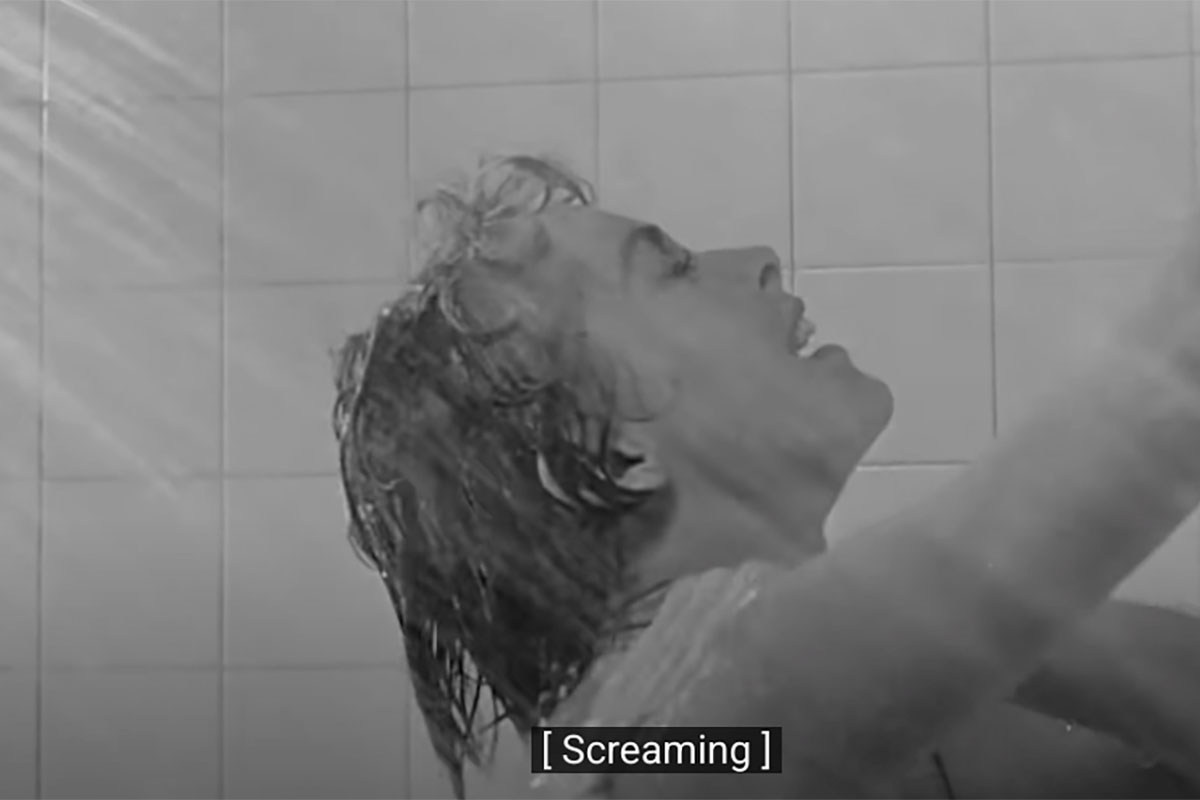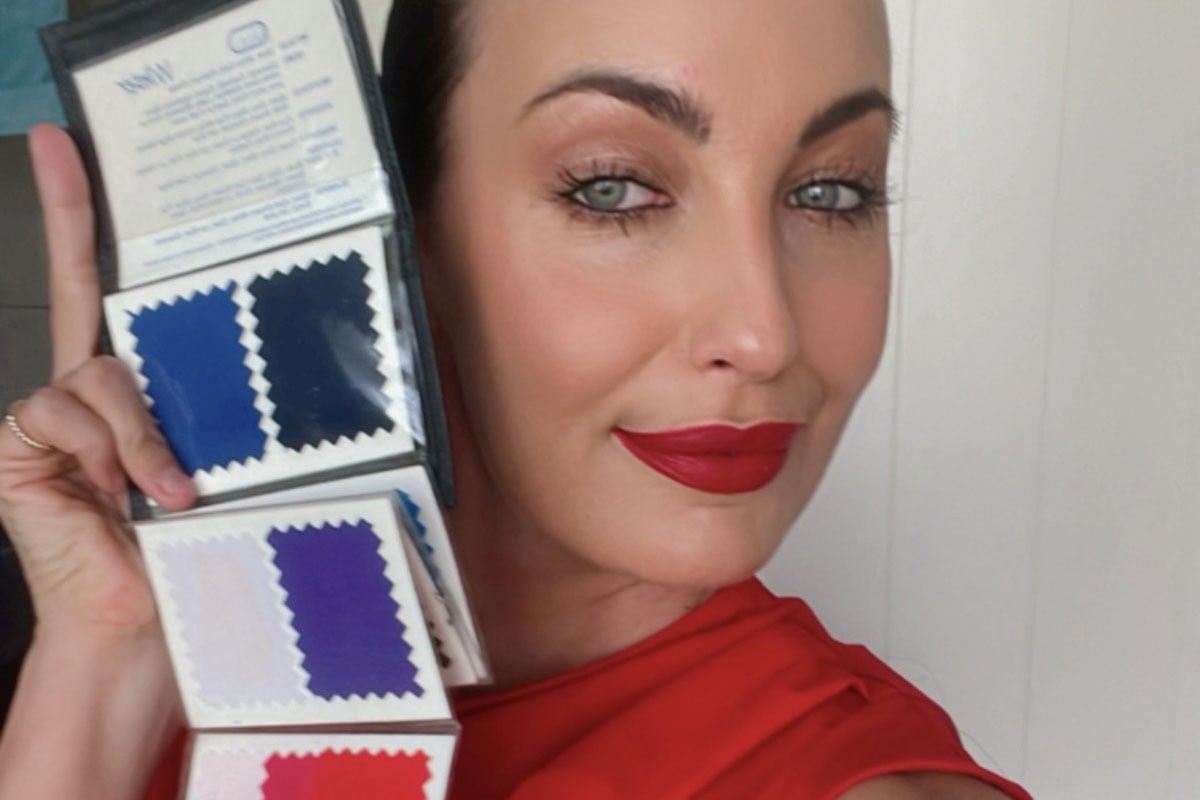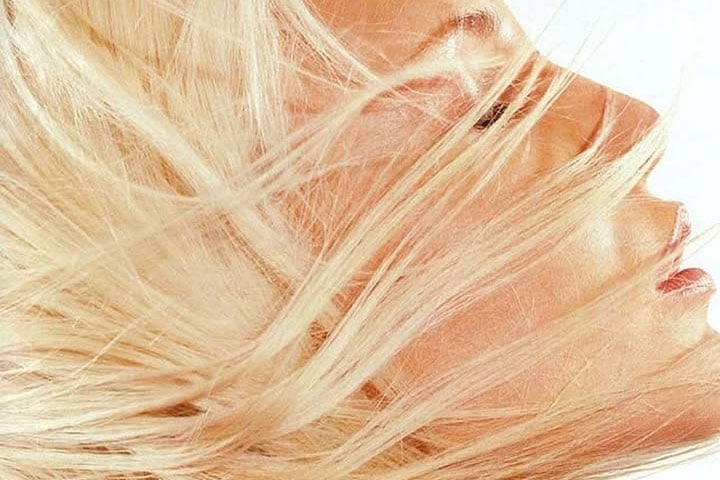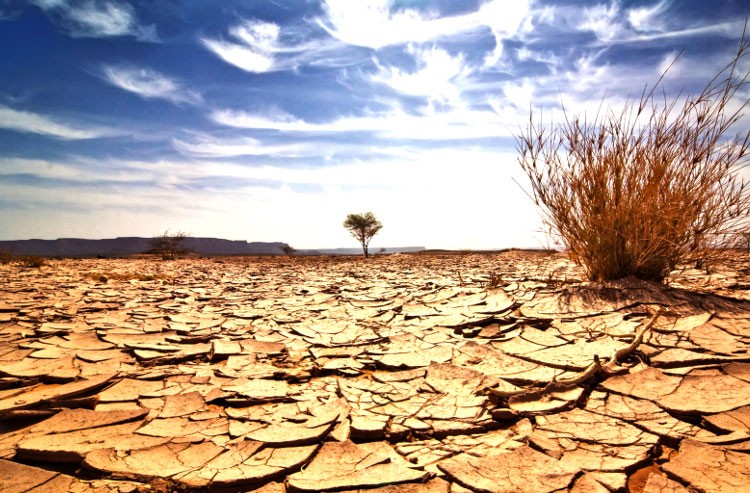
An itchy, flaky, dry scalp is a drag and it’s a lot more common than you think. Fighting the urge to scratch that itch can be aggravating, and those white flakes on your shoulders aren’t the cutest thing ever either.
You are not alone
Everyone at some point in their lives has experienced some semblance of a scalp concern. You may experience an itchy scalp followed by a stinging, burning or tingling sensation on your scalp.
Flakes associated with a dry scalp tend to be smaller and whiter unlike dandruff flakes; which are larger and may have a yellowy tinge and an oily look.
But Why? How? When?
Build-up on your hair - This can be caused by hair products of all kinds. The waxy substances in these products stick to your hair and rest in your follicle if they are not totally washed out. Hard water can also make it difficult to achieve a thorough rinse, causing build-up in your hair.
Build-up can be caused naturally too; from dead skin cells not shedding fast enough, over production of Sebum, or sweat.
An allergy to a hair product - The most common reaction is Contact Dermatitis. Technically this isn’t an allergy even though it might feel like one. This is caused by sensitivity to an ingredient in hair products. Ingredients likely to cause scalp sensitivity are:
- Fragrances
- Botanicals such as rosemary, lavender, and tea tree
- Cocamidopropyl Betaine which is derived from coconut
- Alcohol CAN cause drying but if you have an oily scalp or hair, it can be beneficial
- Sulphates do an effective job of cleaning dirt, oil and dead skin from your scalp and hair but if over used they can strip away naturally occurring proteins and oils.
Dry Scalp - A dry scalp means your scalp is losing too much of its natural moisture. This can be due to things like cold weather, overexposure to sulphates and products containing alcohol, or even dehydration.
Seborrheic Dermatitis or Dandruff - Dandruff is a type of eczema that is usually concentrated on areas with a large number of oil glands. It’s caused by a tiny yeast-like microorganism that grows on those oily areas.
When your scalp’s natural protection becomes weak and unhealthy, the microorganism can produce irritants that cause skin cells to shed faster than usual, leaving those large yellowy flakes.
Give me a quick fix
A dry, flaky scalp won’t kill you and it is easily treated. Remember – Scalp is skin and should be showered with the same love and attention that you show to your beautiful face :)
Build-up – Introduce a gentle exfoliator into your shower routine once a week to de-clog your scalp. Gentle exfoliants will use non-abrasive ingredients like salicylic acid to remove build-up without irritating your scalp.
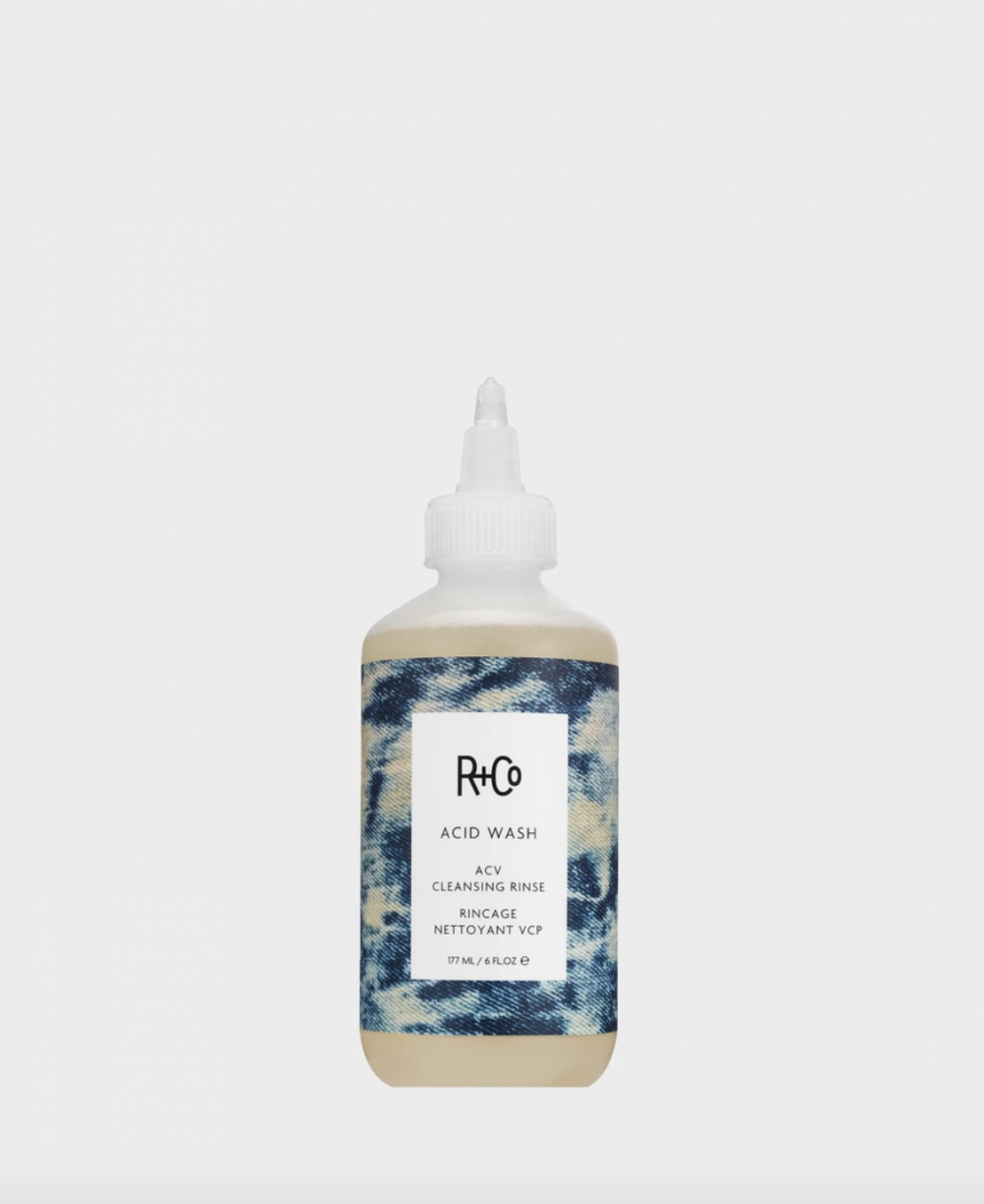
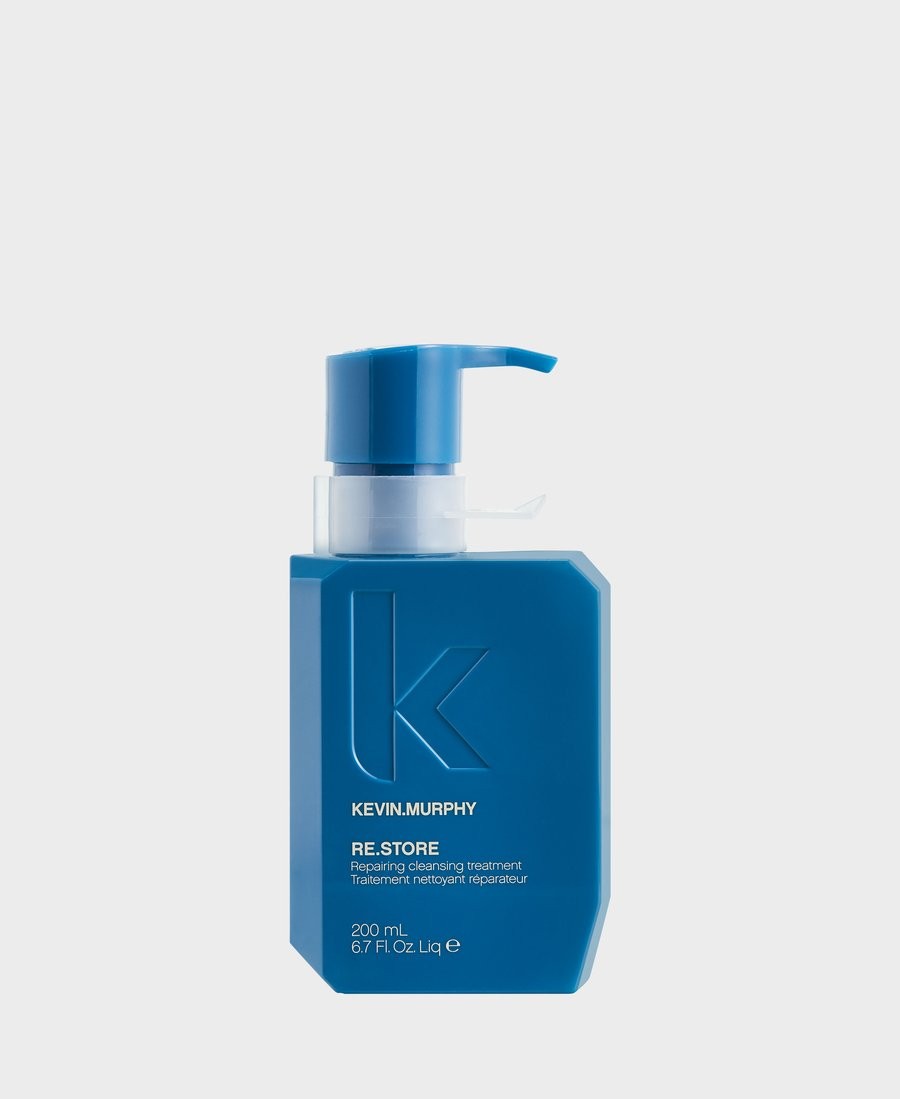
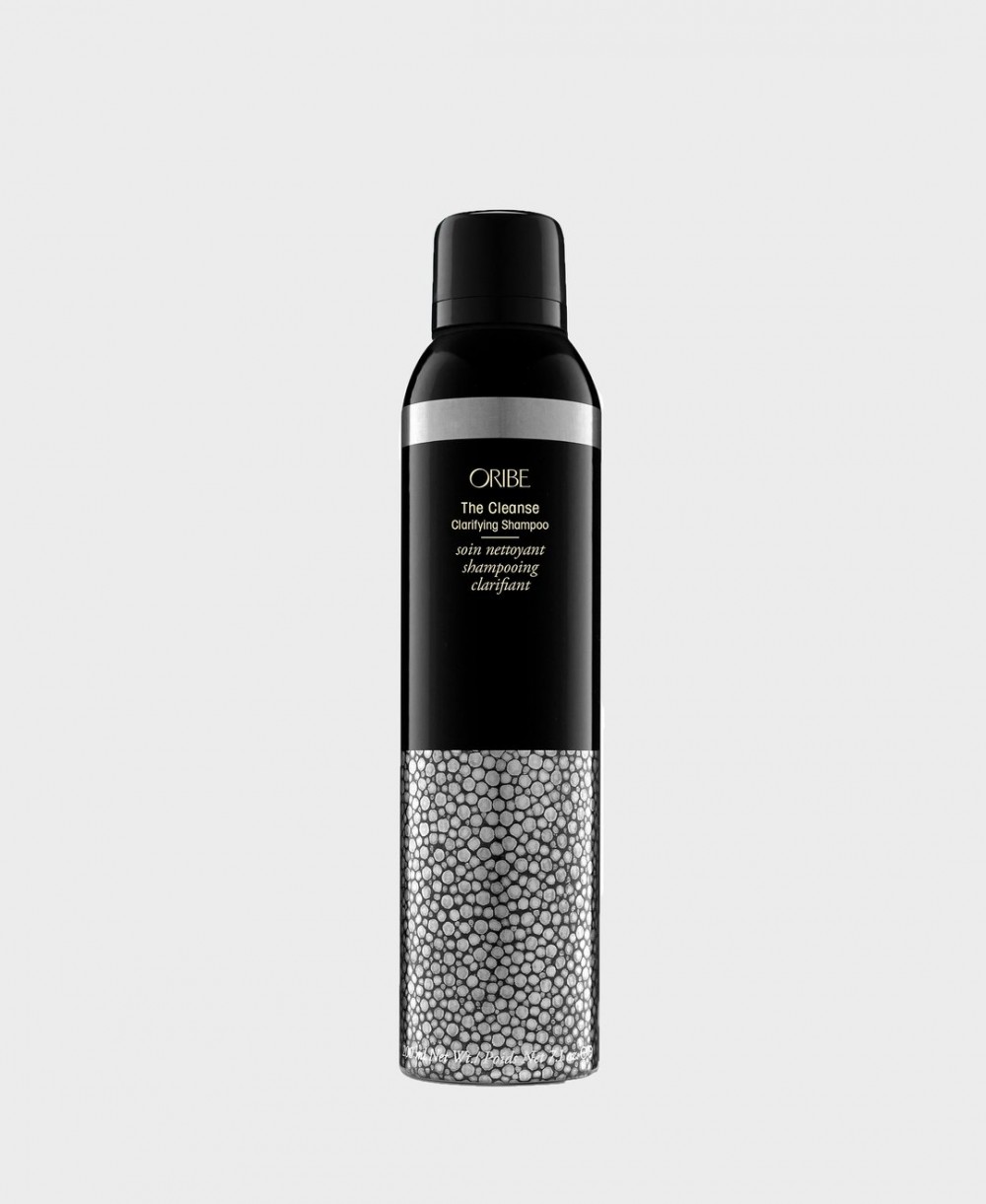
Dry scalp - Switch to a moisture balancing shampoo and conditioner. Choose a gentle formula that will leave your scalp’s natural oils in place and nourish your hair root. Avoid styling products that contain alcohol and turn down the heat in your shower.
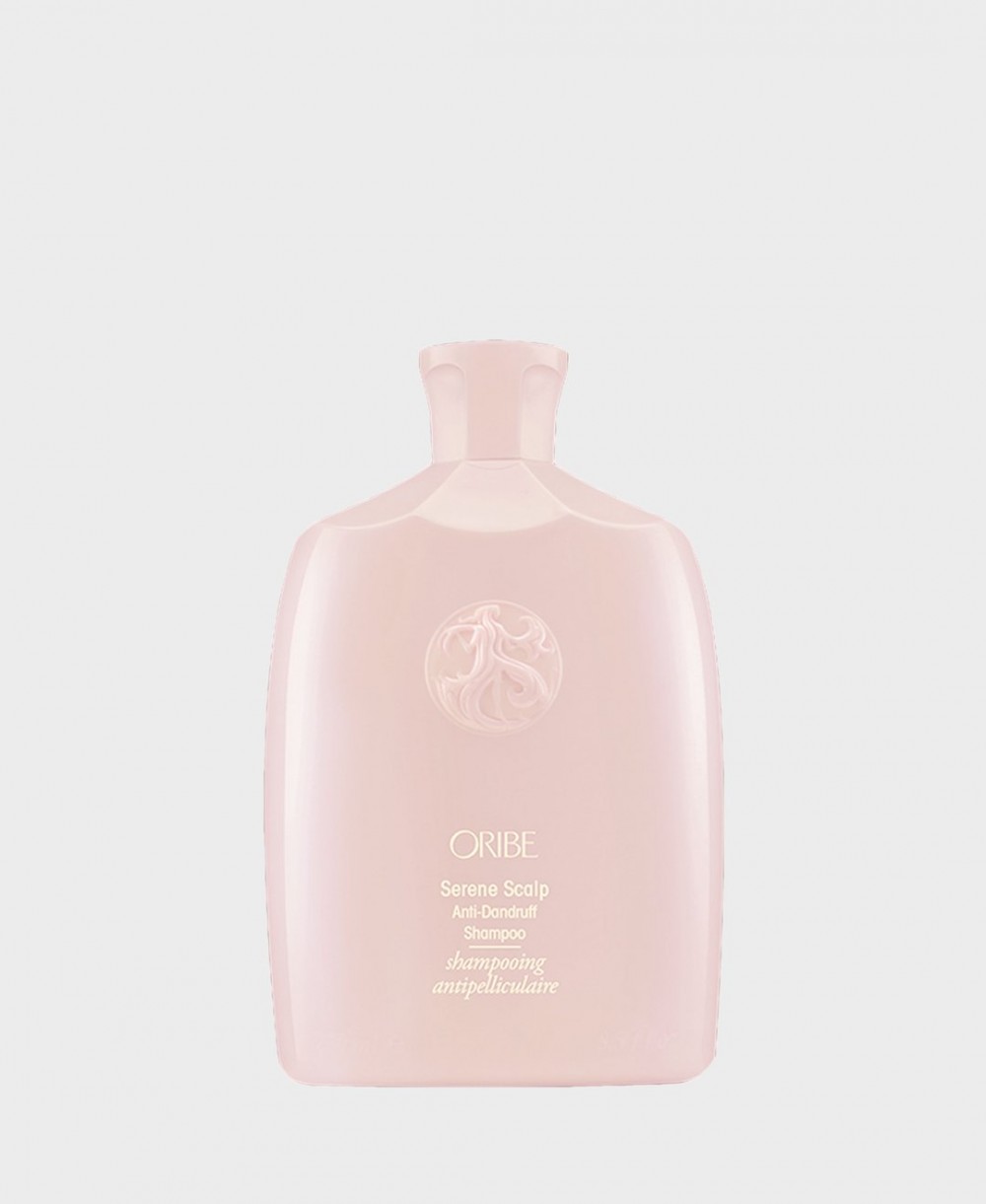
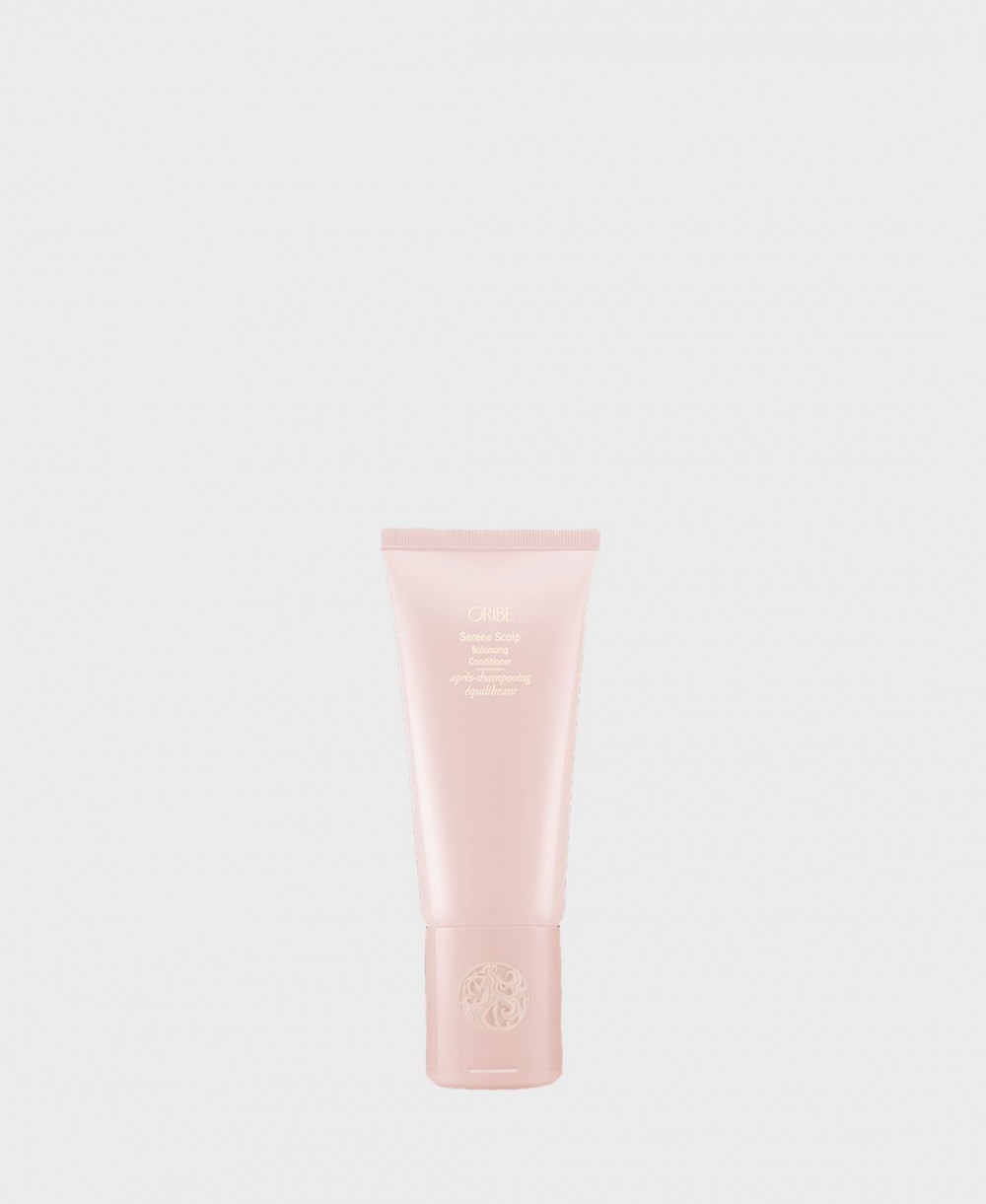
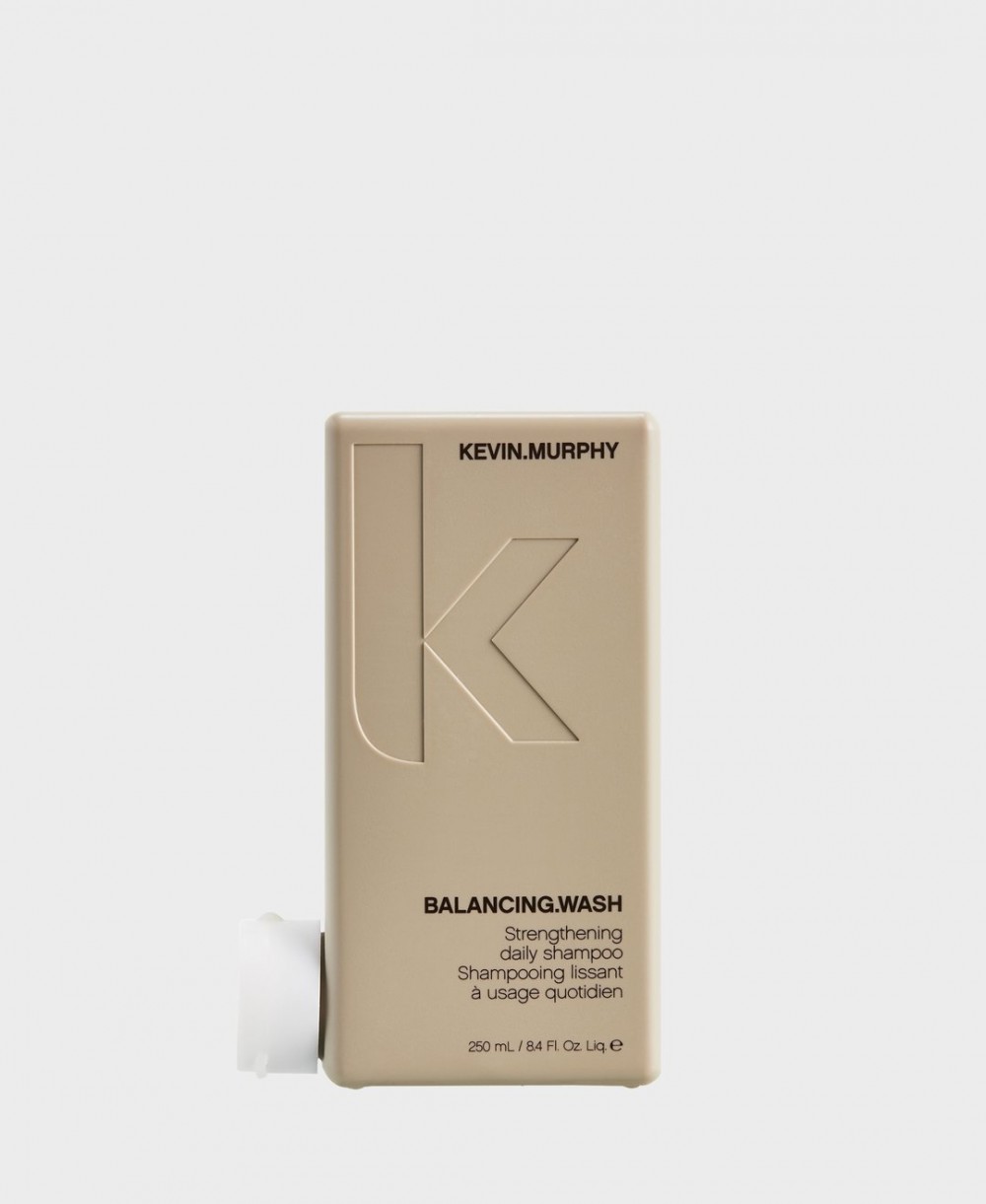
Itchy scalp - Try switching up your shampoo altogether. It’s possible there’s an ingredient you’re using that is triggering sensitivity. Treat yourself to a calming scalp mask while you are at it.
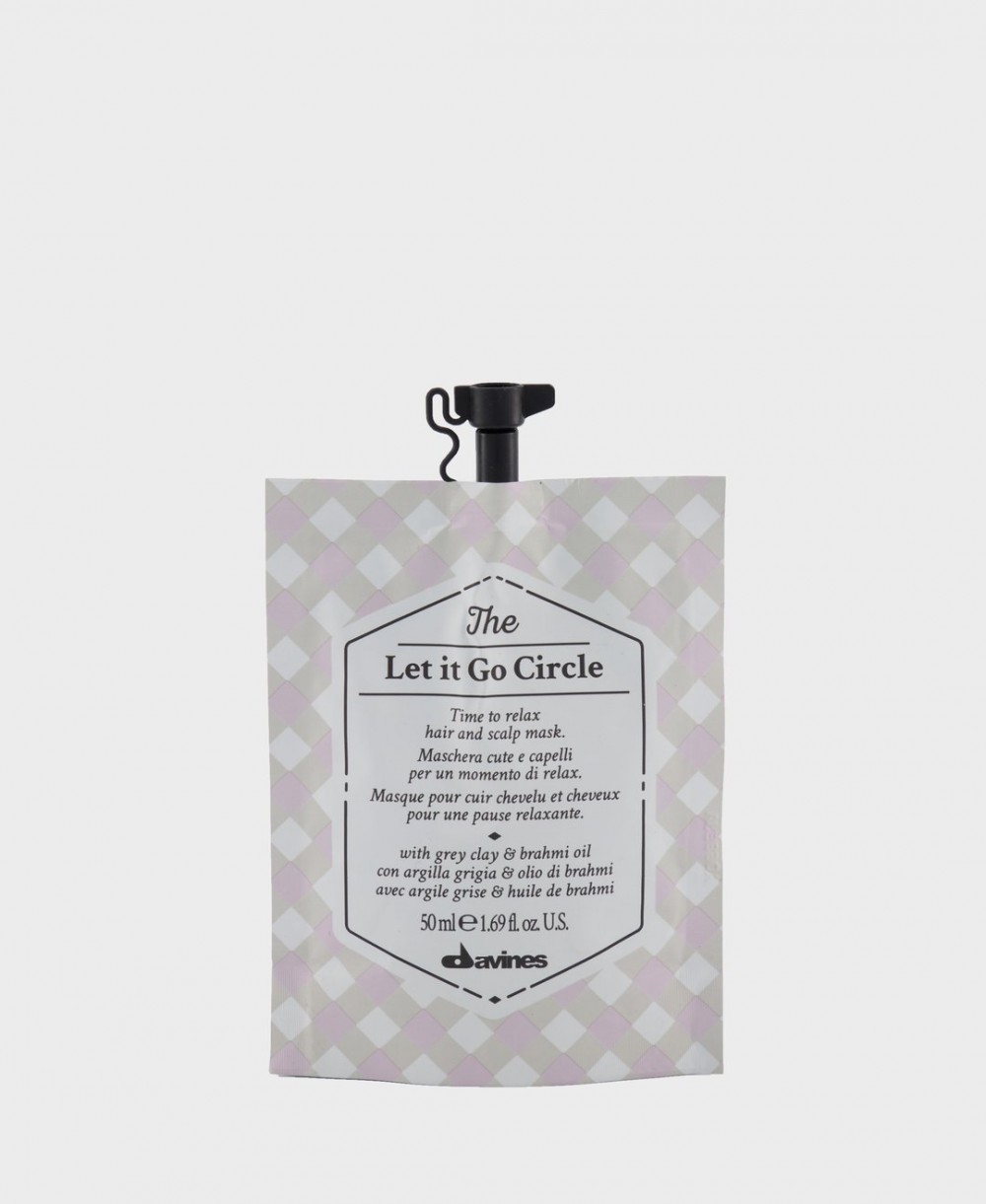
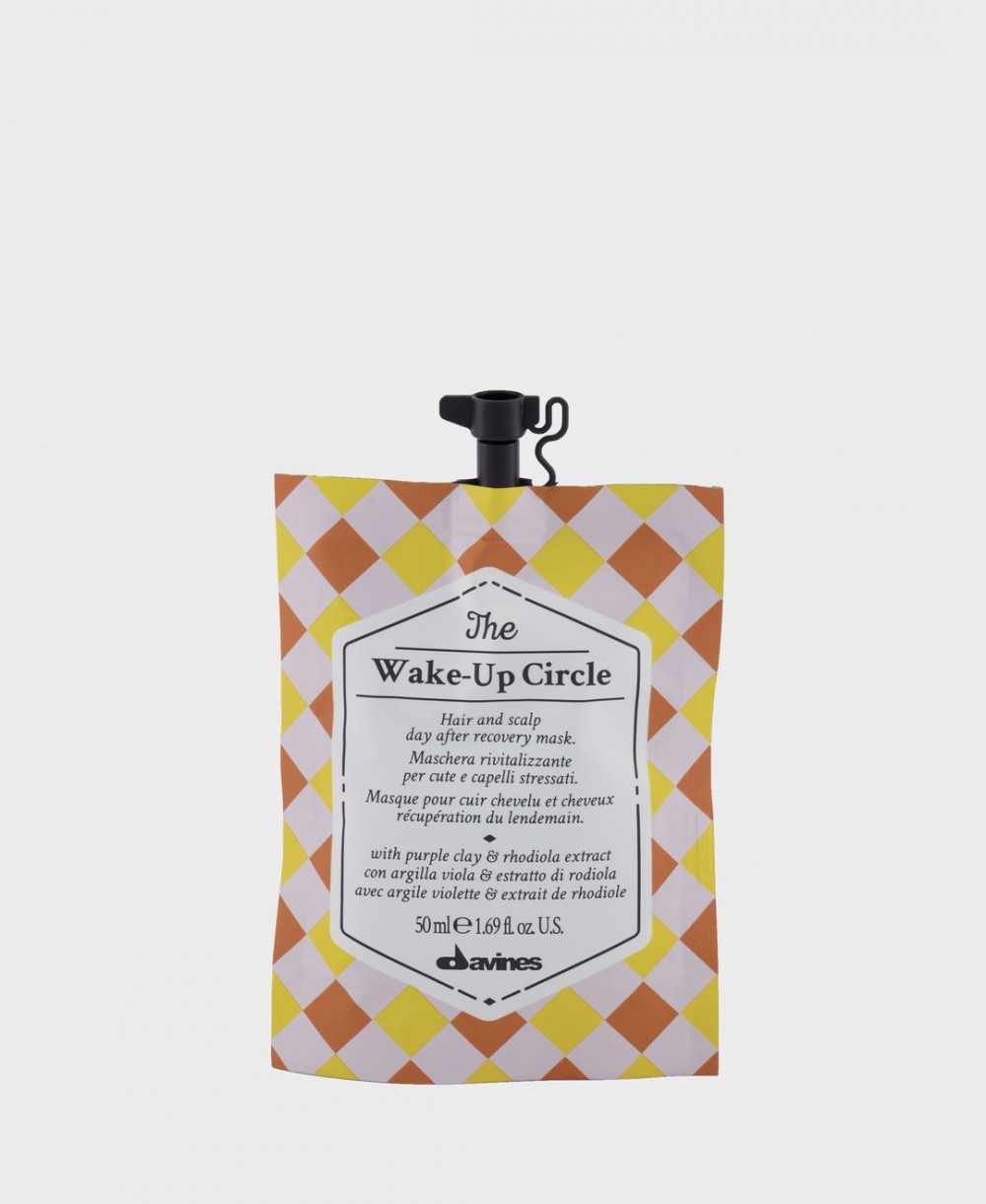
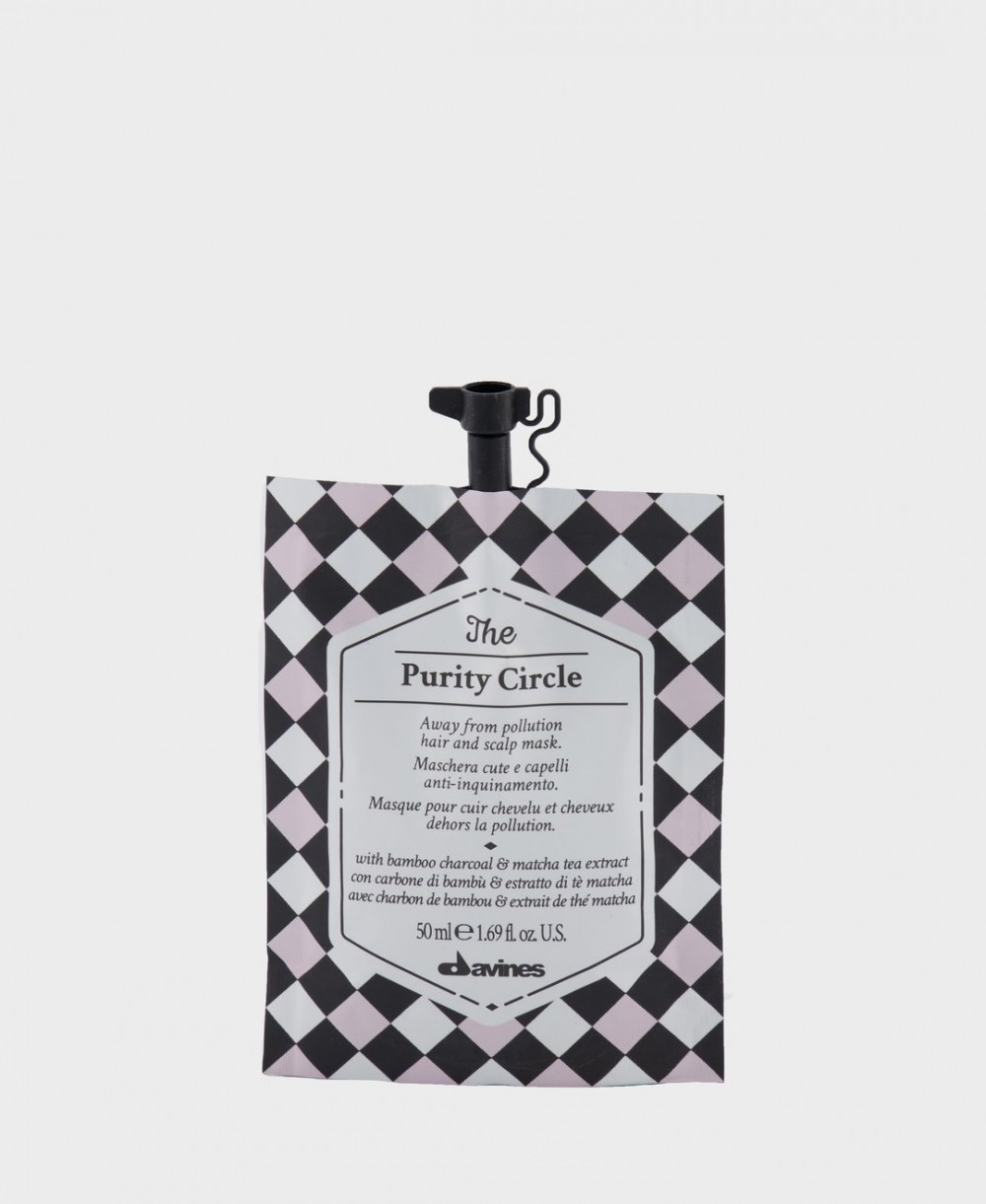
Dandruff - If the flakes have a yellowy tinge and look oily, we recommend consulting a dermatologist, naturopath or pharmacist for the most effective course of action.
Sunburn - Shower in cool water and avoid shampoos with sulphates as they can create more irritation. To relieve pain, gently rub Aloe Vera or coconut oil on the sunburned area.
